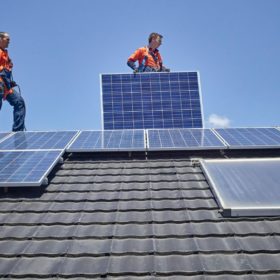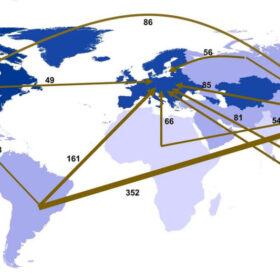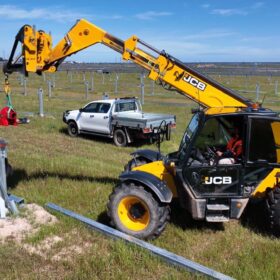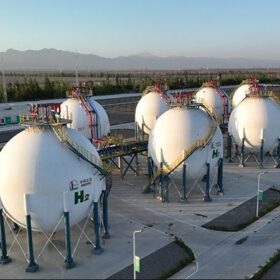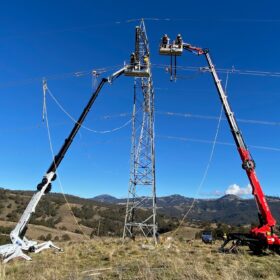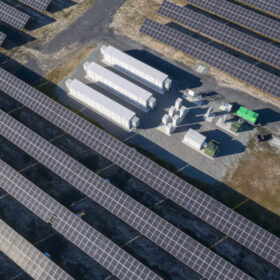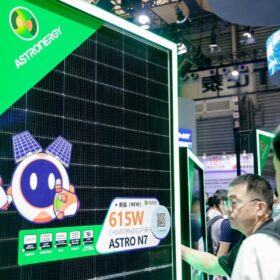New app to calculate payback periods of rooftop PV systems
The Amortisator app, initially developed for the German market, is now available on the Apple and Google Play stores. Primarily targeting customer advisors, the app can be accessed for a monthly fee of €9.99 ($10.93).
Retailer data sharing delivers consumption monitoring without the meter
Solar Analytics, an Australian solar energy analytics company, is offering a new service that allows solar owners to retrieve consumption data directly from retail meters, eliminating the need for additional consumption metering. Known as Integrated+, the release to all eligible homes in the National Electricity Market (NEM) follows a trial in Victoria.
Consultation opens to help unlock Australia’s renewable hydrogen future
Consultation is now open on the design of the federal government’s $2 billion (USD 1.33 billion) Hydrogen Headstart program that is aimed at bridging “the commercial gap for early projects” and placing Australia on course to develop 1 GW of electrolyser capacity by 2030 through two to three flagship projects.
Atco applies brake to 2,600 MWh pumped hydro project
A 325 MW/2,600 MWh pumped hydro project planned for the New South Wales central west faces an indefinite delay with developer Atco announcing it will hold off on the next stage of the regulatory approvals process until the state government’s policy frameworks “are close to being able to support financial investment decisions for large-scale infrastructure.”
Study finds growing inequality in metal footprints of renewable power value chains
An international research group has investigated the flow of iron, copper, aluminium, and other precious metals from source to end-use destination in the renewable energy infrastructure value chain. It found significant imbalances that can be attributed to the continuous outsourcing of metal demand for the renewable power sector to developing economies.
WA streamlines approval process for renewables projects
The Western Australian government has moved to fast track the approvals process for green energy projects with a new cross-agency pathway for environmental assessments forecast to reduce project approval timeframes.
The Hydrogen Stream: China starts world’s biggest solar-to-hydrogen site
China’s Sinopec has switched on the world’s largest solar-to-hydrogen project in Xinjiang, while India has unveiled a new plan to incentivize green hydrogen and electrolyzer production.
Bowen to ease ‘regional uproar’ with review of transmission line planning
The federal government will establish a review into how renewable energy infrastructure projects are planned as it looks to smooth the way for the expansion of the grid that is seen as critical to Australia’s transition from coal to renewables.
Solar will be in ‘unassailable position’ as cheapest source of electricity
Solar levelized cost of electricity will reach less than $45 (USD 30) per MWh in 2050 as global capacity grows 22-fold, said DNV.
Astronergy announces new TOPCon solar module series
Huang Haiyan, chief sustainability officer for Astronergy, spoke with pv magazine at the recent SNEC trade show in Shanghai about the company’s new TOPCon PV module line and its broader expansion plans.
